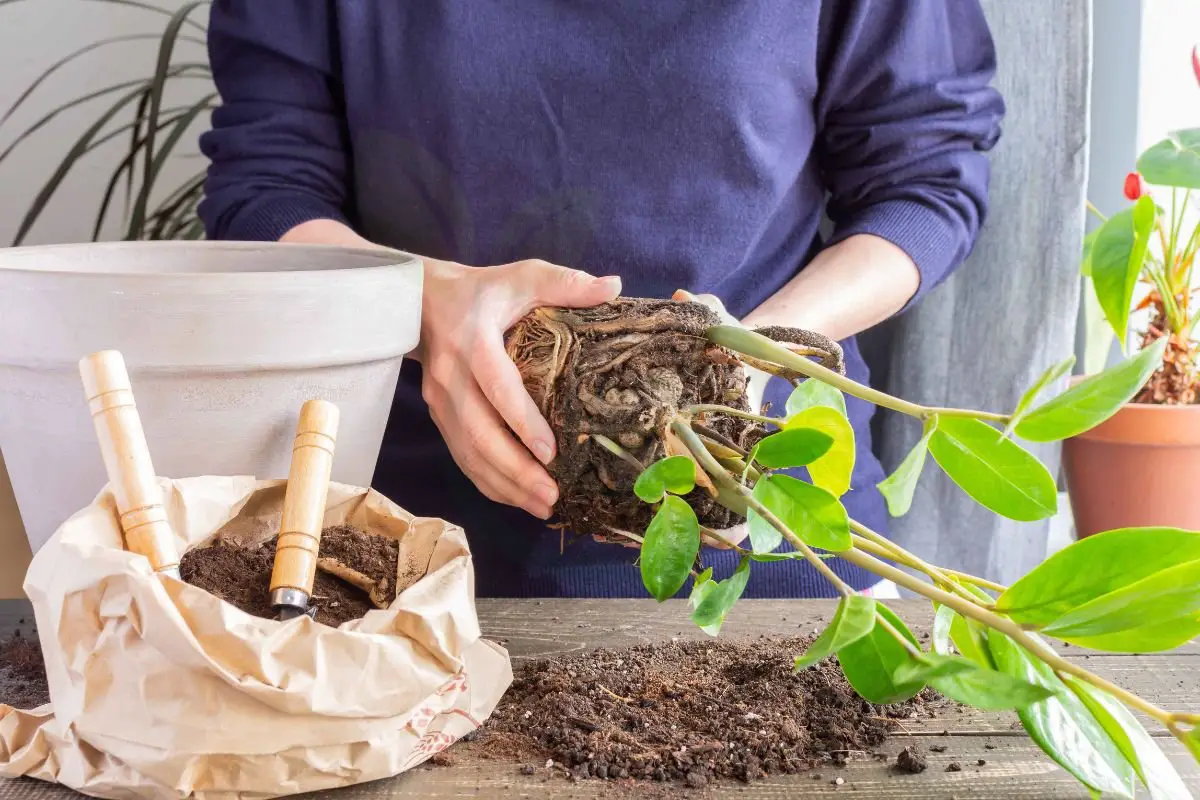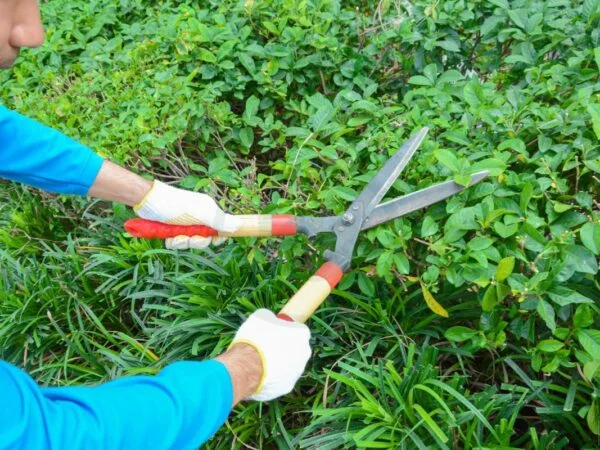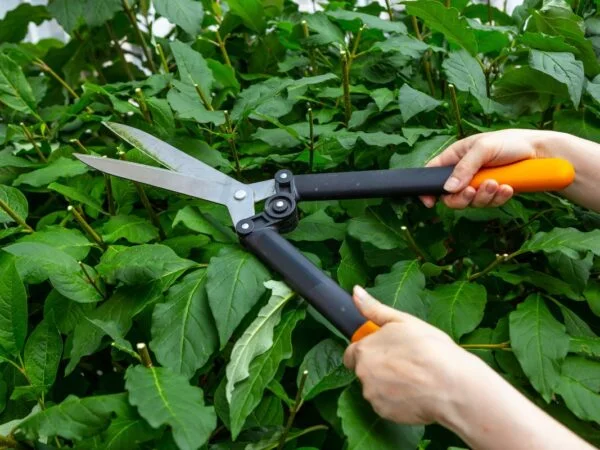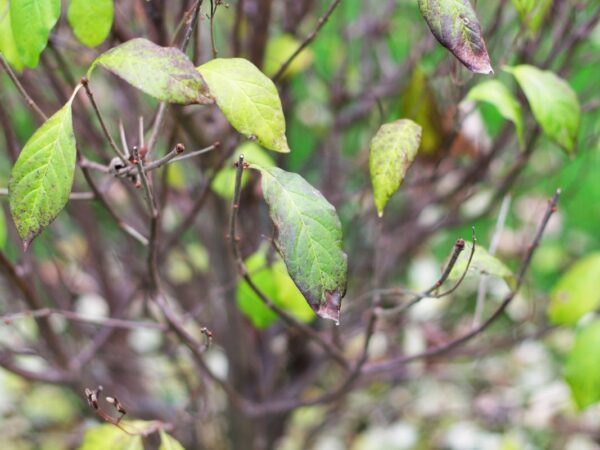Did you know that the best time to transplant a lilac bush is in early spring or late fall? Understanding the optimal timing for this process can significantly impact the success of your lilac's relocation.
Transplanting a lilac bush requires careful planning and execution to ensure its health and longevity. Whether you are a seasoned gardener or new to the world of gardening, our comprehensive guide will equip you with the knowledge and confidence needed to successfully transplant your beloved lilac bush.
Key Takeaways
- Transplant Lilac Bush: The best time to transplant a lilac bush is in the fall, after it has gone dormant.
- Preparation is Key: Provide proper care before transplanting by watering the plant thoroughly a few days in advance.
- Follow Transplant Steps: Dig a wide hole, gently remove the lilac, and replant it at the same depth for successful transplantation.
- Post-Transplant Care: Water the lilac well after transplanting and continue to monitor its growth and health.
- Consider Seasonal Factors: Understand the impact of seasons on lilac transplantation to ensure optimal growth and survival.
- Promote Healthy Growth: Encourage growth by fertilizing the lilac in spring and pruning it after flowering to maintain its shape and vigor.
Understanding Lilacs
Growth Habits
Lilacs, deciduous shrubs, produce fragrant flowers and can reach heights of 15 feet. They thrive in full sun and well-draining soil.
- Lilacs are known for their fragrant blooms.
- These shrubs can grow both tall and wide.
- Optimal conditions include full sun and good drainage for healthy growth.
Varieties
Common lilac types encompass Syringa vulgaris and Syringa patula, each with unique bloom times. Some varieties exhibit pink or white flowers.
- Varieties like Syringa vulgaris offer diverse bloom colors.
- Flowering times vary among different lilac types.
- Syringa patula is another common lilac variety to consider.
Climate Needs
Lilacs flourish in temperate regions, showcasing resilience against cold temperatures but struggling in extreme heat. Consistent moisture is vital, especially during hot summers.
- Lilacs prefer moderate climates for optimal growth.
- Extreme heat can negatively impact lilac health.
- Adequate watering is crucial, particularly in hot weather to support plant health.
Transplanting Basics
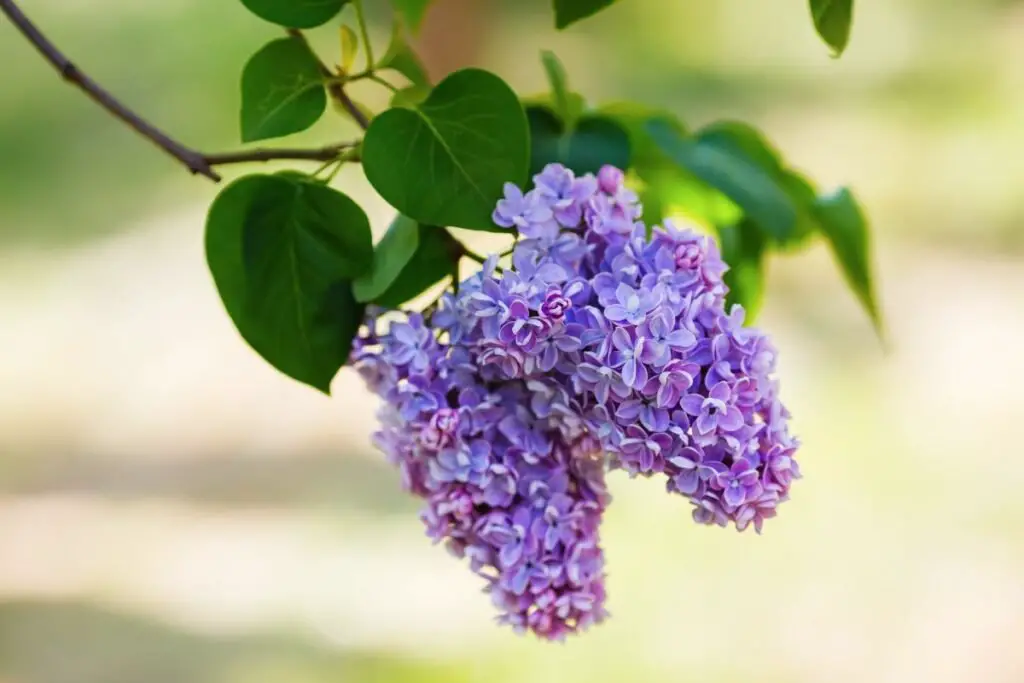
Why Transplant
Transplanting lilacs can rejuvenate overgrown or struggling plants. It enables better placement in the garden for sunlight and airflow. This process also helps lilacs establish stronger root systems, promoting healthier growth.
Best Season
Spring is generally recommended for transplanting lilacs due to favorable growing conditions. However, autumn is also suitable, especially in milder climates. The ideal time for transplanting is after blooming but before summer heat intensifies.
Preparing Lilacs
Before transplanting, it's essential to prune lilacs to reduce stress on the plant. water the lilac thoroughly a day before transplanting to ensure it's well-hydrated. When selecting a new planting location, prioritize areas with adequate sunlight and well-draining soil.
Optimal Transplant Time
Spring Advantages
Transplanting a lilac bush in spring allows it to establish roots before the hot summer months. The optimal growing conditions during spring facilitate quicker root development for the lilac. This period also enables lilacs to recover swiftly from the transplanting process.
- Lilacs transplanted in spring establish roots before summer
- Spring provides ideal growing conditions for lilacs
- Quick recovery for lilacs when transplanted in spring
Fall Benefits
Fall transplanting gives lilacs ample time to develop strong roots before the onset of winter. The cooler temperatures during fall help reduce transplant shock, aiding in a smoother transition for the plant. Lilacs transplanted in fall may bloom earlier the following spring.
- Lilacs establish strong roots when transplanted in fall
- Cooler fall temperatures minimize transplant shock
- Possibility of earlier blooming for lilacs transplanted in fall
Pre-Transplant Care
Pruning
Prune lilacs by removing dead or overgrown branches to maintain shape and encourage new growth. Avoid heavy pruning close to transplanting for best results.
Watering
Water lilacs deeply but infrequently to promote deep root growth. Ensure the soil is moist, not waterlogged, and increase watering frequency after transplanting.
Fertilizing
Apply a balanced fertilizer in early spring to nourish lilacs, but be cautious of over-fertilizing as it can damage the plant. Mulching helps retain moisture and provides essential nutrients.
Transplanting Steps
Digging Up
Dig a wide and deep hole around the lilac to minimize root damage. Use a sharp spade to cut through the roots cleanly for easy removal. Lift the lilac carefully, ensuring the root ball remains intact.
Root Preparation
Trim any damaged or circling roots before transplanting to promote healthy growth. Soak the roots in water to hydrate them before planting in the new location. Remember to avoid letting the roots dry out during the transplanting process.
Planting
Plant the lilac at the same depth as it was in its previous location to maintain its health. Backfill the hole with soil and gently tamp it down to remove air pockets. Water the newly planted lilac thoroughly to help settle the soil and encourage root establishment.
Post-Transplant Care
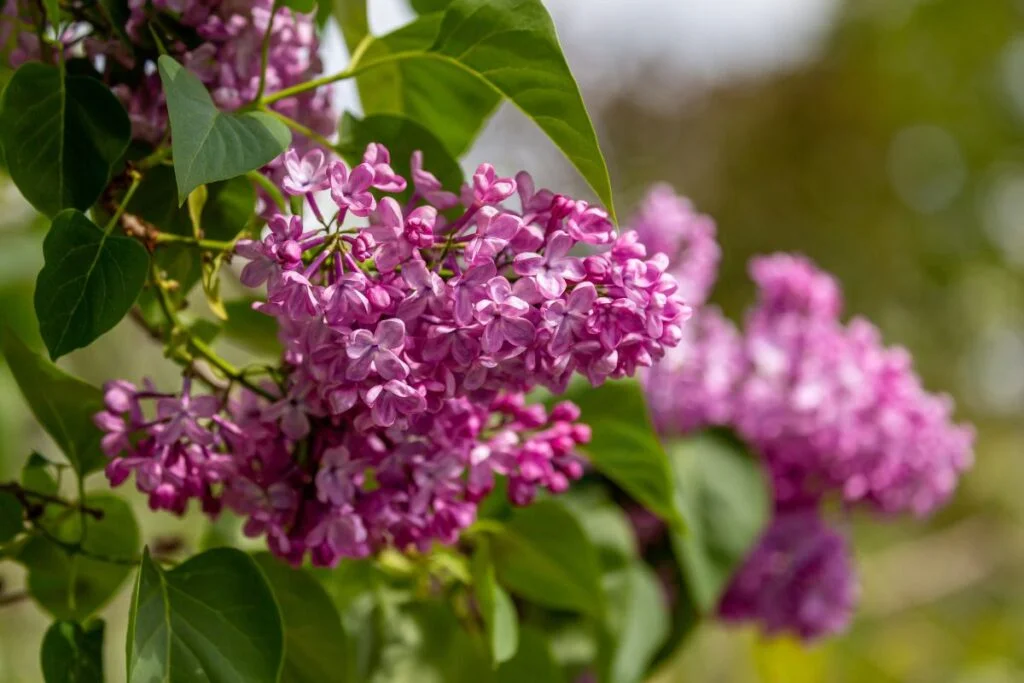
Immediate Care
After transplanting, provide shade for the lilac to reduce transplant shock and aid recovery. Monitor soil moisture closely to prevent drying out, ensuring the plant thrives. Avoid fertilizing newly transplanted lilacs during the first year to minimize stress.
Long-term Maintenance
For optimal growth, continue regular watering to establish the lilac in its new location. Mulching around the base helps retain moisture and support healthy growth. Annual pruning after blooming enhances future flowering and overall plant health. Keep an eye out for pests and diseases, addressing any issues promptly to maintain a thriving lilac bush.
Troubleshooting Tips
Wilting Leaves
Wilting leaves on a lilac bush post-transplant are normal and typically due to transplant shock. To aid recovery, provide the lilac with sufficient water and sunlight. Refrain from heavy pruning until new growth appears.
Stunted Growth
Stunted growth in a lilac bush might signal poor soil quality or insufficient sunlight exposure. Check for compacted soil or root-bound conditions that hinder growth. Adjust watering and fertilizing routines to encourage healthy development.
Seasonal Considerations
Winter Prep
Mulch around lilacs in late fall to protect roots from freezing temperatures. Avoid heavy pruning in late fall to prevent winter damage. Consider wrapping young lilacs with burlap for added protection.
Summer Care
Water lilacs deeply during hot summer months. Mulch around the base of the plant to retain soil moisture. Prune spent flowers to encourage new growth throughout the summer.
Encouraging Growth
Soil Health
To encourage growth in lilac bushes, focus on the soil health. Ensure it's well-draining and rich in organic matter. Test the soil pH to confirm it's within the optimal range for lilacs. If needed, amend the soil with compost or peat moss to enhance drainage.
Sunlight Exposure
Sunlight exposure is crucial for vibrant blooms in lilacs. They thrive in full sun, so choose a planting spot that receives a minimum of 6 hours of direct sunlight daily. Avoid shaded areas as they can hinder flowering and overall growth.
Summary
In understanding lilacs, you learned about the importance of proper care and the ideal time for transplanting. By following the steps outlined, you ensure a successful relocation that promotes growth and health. Remember to provide the necessary care post-transplant to support your lilac bush's adjustment.
Now that you're equipped with the knowledge of when and how to transplant a lilac bush effectively, take action in your garden. Apply the tips provided, monitor growth progress, and share your newfound expertise with fellow gardening enthusiasts. Your lilac bush will thrive, rewarding you with its beautiful blooms year after year.
Frequently Asked Questions
When is the best time to transplant a lilac bush?
The optimal time to transplant a lilac bush is in late fall or early spring when the plant is dormant. This allows for minimal stress on the plant and promotes successful establishment in its new location.
How can I ensure successful post-transplant care for my lilac bush?
After transplanting your lilac bush, ensure it receives adequate water, sunlight, and nutrients. Mulch around the base to retain moisture and protect roots. Regularly monitor for signs of stress or disease and address promptly.
What are some troubleshooting tips for a struggling transplanted lilac bush?
If your transplanted lilac bush shows signs of distress, such as wilting or yellowing leaves, check soil moisture levels, sunlight exposure, and drainage. Consider adjusting watering frequency or providing shade if necessary. Consult a local gardening expert for further guidance.
Are there specific seasonal considerations to keep in mind when transplanting a lilac bush?
When transplanting a lilac bush, consider the season carefully. Fall is ideal for root establishment before winter dormancy, while spring allows for early growth. Avoid transplanting during extreme heat or cold to prevent undue stress on the plant.
How can I encourage healthy growth in my transplanted lilac bush?
To promote healthy growth in your transplanted lilac bush, ensure it receives sufficient sunlight, regular watering, and well-draining soil. Prune dead or damaged branches and fertilize appropriately in spring to support vigorous blooming and overall plant health.
Image Source: Paid image from CANVA

